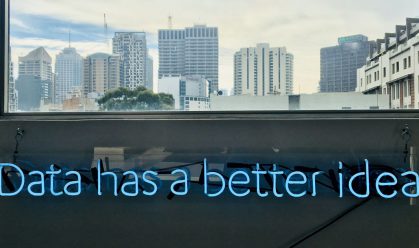Facebook has a whopping 2.9 billion monthly active users, with an estimated 71% of internet users in the US using the platform regularly, from college students and young professionals to seasoned execs and stay-at-home moms.
Just because everyone is hanging out there doesn’t mean posting for free will help you achieve your marketing goals. Nor will blowing your marketing budget on driving traffic to your FB page.
From generating leads to boosting sales to building a following, Facebook advertising is a valuable piece of your marketing strategy whether you’re a small business or a large corporation.
This FB ads guide looks at advertising best practices, plus 16 examples of the best converting Facebook ads from some of our favorite brands.
It All Starts with Targeting
The key to Facebook Ad success lies in its ad targeting capabilities.
Targeting allows you to drill down into specific interests to reach the people most likely to respond to an ad. For example, if you sell modern furniture, you can target an audience of people who just bought their first home.
Here are some of the ways you can target your ads:
- Age
- Location
- Gender
- Interests
- Connections
- Behaviors
Targeting groups on its own isn’t necessarily enough. You should connect with these groups in a way that resonates. Take the wrong tone or speak to the wrong motivation, and you’re mostly throwing your Facebook ad spend into a big black hole.
Best Practices for Creating Facebook Ads that Convert
1. Visuals and Copy Must Work Together
Facebook prioritizes visual content over text-based posts. Why? Because it’s likely to be shared and makes for a memorable post. And with three-fifths of marketers agreeing video ads drive more clicks than static ads, video should likely be part of your plans.
Still, copywriting counts for a lot. You need to tell your viewers exactly what they’re in for in just a few words and gently guide them to your site after offering something fun or helpful. The art attracts viewers, and the copy closes the deal.
2. Make Sure You Know Your Audiences. Yes, Audiences.
Write with these different groups in mind: customers, potential customers, repeat customers, and recent buyers; the list goes on and depends on which audiences you select in the Facebook module.
Klientboost recommends ranking audiences by temperature. “Cold” means people who have never heard of you, and “hot” means repeat customers or those working through the sales funnel. This graphic shows how to match your offer to the corresponding audience:

3. Include Your Value Proposition in the Image
Adding your value proposition to the image ensures that your ad copy matches the picture and will get noticed the second someone looks at your Facebook ad.
Your value proposition needs to outline your benefits and the advantage of buying from you versus the competitor. Still, if you say you’re the best in the world, you’ll need to back up that claim with a statistic, testimonial, or some other form of social proof.
4. Send Visitors To a High Converting Landing Page
Don’t send Facebook users to your homepage. Instead, make sure you’re directing traffic to a relevant landing page that matches the tone and goals laid out in the ad. If your call to action is to download an ebook, the landing page should send you somewhere like this:
5. The (Written) Bones of a Great Facebook Ad
- Headline—A quick rundown of what you’re offering. Treat this like a CTA.
- Media—The image or video used in your ad. This focal point makes viewers want to take a closer look.
- Description—Not available in every type of ad, but it’s an opportunity to include more info about your product. It’s similar to the meta description you see when you search for something in Google.
- Post Text—Text placed directly above or below your image is often the first copy your readers will see.
- Call-to-Action—A button near the bottom of the ad directs readers what to do next, like “Learn More” or “Shop Now.” Your CTA should create a strong sense of urgency.
Types of Facebook Ads
Facebook ads present an opportunity to promote yourself in various ways. You can opt for a traditional ad with a call-to-action, features, benefits, and boost posts, or choose from a range of interactive lead generation ads.
For many marketers, their first attempt at paid ads involves boosting an existing post. The process can feel quite effective initially, but it’s hard to measure your ROI. You can’t effectively target custom demographics, so though more people might see you, they might not necessarily be the right people.
Here’s a look at your options:
Facebook Ads Guide
Analyzing Your ROI:
The first step to creating high-converting Facebook ad examples is identifying what you want to achieve. When you start the process, Facebook asks whether you wish to boost:
- Awareness
- Traffic
- Engagement
- Leads
- App Promotion
- Sales
Facebook Ad Options
The second part is setting a budget. How much can you dedicate to the whole campaign, and how much are you willing to pay per click? What is your target conversion rate?
Worrying too much about likes and impressions won’t get you very far. Tons of likes don’t necessarily translate to sales. Instead, focus on the stuff that counts.
- Leads: Measure your lead gen efforts by comparing the total amount of people who access your landing page from your ad to those who enter their information.
- Sales: To see if your FB ads were successful, calculate ROI by dividing the revenue generated from the campaign by the total amount spent on ads.
- Traffic: Here, you’re measuring the total number of clicks to your website after creating your ad. Create a Pixel directly in the back end of Facebook to ensure the platform tracks your ad performance and cost per link. Or, head to Google Analytics for a picture of all your social accounts.
- Frequency: Frequency refers to the number of times a user sees your ad. More doesn’t equal better, so make sure you’re focusing on promoting your ad to unique viewers. According to FB, performance starts to plateau when the same user sees your ad multiple times—although higher-performing creatives take longer to reach the point of diminishing returns.
16 Examples of High-Converting Facebook Ads
Now, let’s take a look at 16 of the best-converting Facebook ads from the past year and consider what makes each one so effective:
1. Slack
First up is this ad from the business instant messaging platform Slack, which works for several reasons.
Most obviously, it’s a video—and as we’ve already discussed, video ads typically perform better than static text or image-based ads. The bright color scheme also helps catch the eye and stop us while scrolling through the Facebook Feed.
This ad is also a fantastic example of an audience’s pain point. We’ve all accidentally said something horrendous to a co-worker (or worse, our boss) via instant messaging. So Slack’s edit feature is a simple selling point.
2. Harry’s
Now more than ever, consumers are hungry for value. According to Think With Google, 87% of shoppers say it’s important to know they got a good deal when choosing a brand or retailer to purchase from, while 53% say they always research before buying to ensure they make the right choice.
Harry’s plays into this consumer desire, allowing would-be customers to compare its product and pricing against one of the brand’s biggest competitors, Gillette.
3. KAYAK
While there’s a time and place for snappy copy and abstract imagery, sometimes the best-converting Facebook ads are also the simplest, as demonstrated by this example from the travel comparison website KAYAK.
Despite the minimal text, this ad conveys all the essential information (namely airports and flight prices) while incorporating three separate calls to action (CTAs). The attractive cityscape image helps to draw attention, while the bold color usage helps the most crucial ad element—the CTA button—to stand out.
4. Bobbi Brown
Creating Facebook ads that convert is about striking the right balance between content that:
- Disrupts the user’s activity and prompts them to take action
- Fits in with the platform and aligns with the preferences of your audience
Blend in too much, and you risk people ignoring your ad altogether. On the other hand, if your advert is too salesy, you’re likely to put off a bunch of potential customers.
Bobbi Brown gets things right with this ad, which looks like a makeup tutorial. This content is extremely popular, with the top 10 beauty channels on YouTube notching up more than 125 million subscribers.
Notably, the brand also integrates sales-related messaging, including a call to action at the end to shop now at Sephora.
5. HubSpot
Facebook is traditionally seen as a consumer-facing platform, but it still has a lot to offer B2B brands. So we shouldn’t be surprised that 71% of B2B marketers use Facebook in their marketing strategies, making it the second-most popular B2B social channel behind LinkedIn.
HubSpot understands Facebook’s B2B lead generation potential. This ad demonstrates that the most important element in building an ad campaign is the audience rather than the platform. Facebook might not have the B2B chops of LinkedIn, but if your audience hangs out there, why look elsewhere?
6. Lyft
By this point, we know that video ads perform strongly. But a standard video ad—incorporating a single video—isn’t ideally suited to every campaign type. What if you’re trying to promote multiple messages or highlight several product features in the same ad?
Lyft demonstrates one solution in this following Facebook Ad example: adding several videos into a carousel ad, each featuring its own CTA inviting users to learn more. This is a highly impactful way to communicate a range of unique selling points into an ad without distracting from the central theme.
7. Groupon
The fear of missing out—otherwise known as FOMO—can be a powerful way for brands to motivate buying behavior. According to a study from Citizen Relations, 64% of consumers experience FOMO, with 68% of Millennials admitting they make a reactive purchase within 24 hours of experiencing it.
Groupon often taps into this fear in its advertising. In this example, it warns Facebook users that they’ve been missing out on a host of amazing deals because they don’t have the Groupon app. This ad is compelling because the desired action is comparatively low-commitment: it’s not asking the audience to buy anything but to download an app, and that’s why it converts so well.
8. Brooklinen
Many of us actively dislike change. That’s true in our personal and working lives—and it’s also true of the products and brands we buy from.
Over half of all consumers say they go out of their way to buy from tried-and-trusted brands. Meanwhile, slightly less than half insist they remain loyal to a brand even after a negative customer experience.
In other words, when we find something we like, we tend to stick with it. So you’ll have to work hard to coax new customers away from your rivals.
Brooklinen does this effectively through a classic combination of flattering potential customers while demonstrating its key features and benefits. The ad copy showcases the unique selling points of two of its most popular products while reassuring readers that whichever product they choose, they have great taste.
9. Shopify
We live in the age of the side hustle. According to Zapier, two in five Americans currently have a side hustle, while one in three say they have either started or plan to start a side hustle in 2022.
As marketers, it pays to be aware of consumer trends. Because if your potential customers are planning to do something that you can help with, it makes sense to tell them.
Shopify gets it right in this example of Facebook ads that convert by referencing side hustles in its copy. Once you click through, Shopify presents you with an extensive list of side hustle ideas—many of which (unsurprisingly) tie into selling products via Shopify’s e-commerce platform.
10. MeUndies
Reviews are one of the most consistently impactful marketing tools, with 89% of consumers saying they read reviews before making a purchase. So doesn’t it make sense to showcase some of your best reviews in your Facebook ads?
MeUndies shows us how it’s done in this high-converting Facebook ads example. It’s a simple but effective approach: use review copy in your ad, incorporate some relevant product imagery, then include a CTA that points users toward the product in question.
11. Grammarly
We’ve already discussed how consumers are often averse to change, making it hard to persuade new customers to try unfamiliar products. Smart copywriting and trust signals can help you get around this to some extent. But an even more effective approach is demonstrating your product in action.
Grammarly takes this approach in the following example of Facebook ads that convert. This simple video shows what it’s like to use Grammarly on a smartphone, highlighting how easy it is to use the spelling and grammar app in everyday life.
12. Glossier
Videos aren’t always the right way to go; sometimes, it’s hard to beat some high-quality product imagery.
In this example, makeup giant Glossier shows us how to place the product front and center in a Facebook ad. The imagery is backed up by simple but effective copy that echoes the ad’s theme: allowing the product to do the talking.
13. Nike
For most digital marketers, the success or failure of an advertising campaign hinges on the number of online “actions” you drive—whether that means transactions, ebook downloads, app installs, or something else.
In our following example, Nike shows that this doesn’t need to be the case. It uses this Facebook ad to drive users toward a physical location, namely its recently opened outlet store in Carlsbad. Ironically, one of the biggest brands on the planet shows how smaller retailers can leverage social media marketing to boost footfall at brick-and-mortar stores.
14. Square
As with any platform or channel, building a high-converting Facebook ads campaign is about understanding and segmenting your audience. Rather than trying to sell to everyone who could buy your product, you’ll almost certainly see more substantial results by targeting niche audiences and speaking to their specific needs.
That’s what the retail payment platform Square does here. The company has identified hospitality brands as a key audience, so it created a Facebook ad explaining how its services make life easier for restaurants.
15. Blue Apron
Let’s talk about loyalty again. Research from Yotpo found that almost three in five loyal customers would be happy to spend more on a brand they felt loyal to, even if cheaper options existed elsewhere.
What does this tell us? That it’s often worth it for brands to eat into their profit margins to encourage new customers to place their first order, safe in the knowledge that they have a good chance of recouping the money over the coming months and years. Blue Apron leverages this strategy, promoting a sizable $160 discount for first-time customers.
16. Bombas
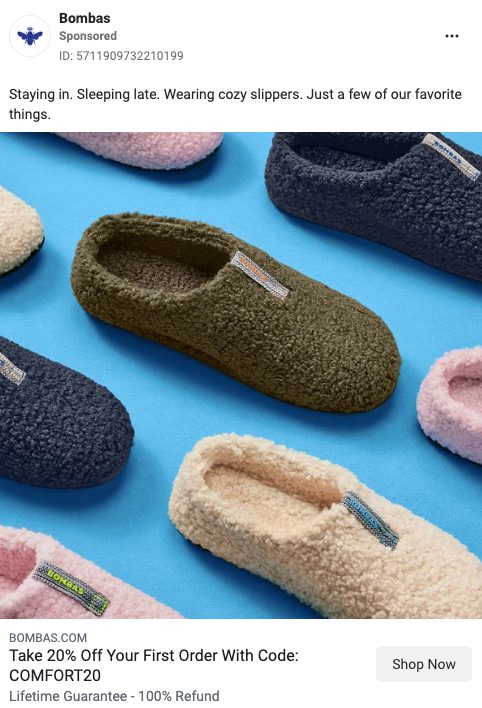
We’ve focused a lot of visual content—namely images and videos—throughout our roundup of the best-converting Facebook ads. But in our final example, it’s all about copywriting.
Bombas clearly understands that socks aren’t that exciting. So it follows the age-old marketing principle of selling the sizzle, not the steak, by describing some of the things associated with wearing a nice, comfy pair of socks—staying in, sleeping late, and feeling cozy.
Final Thoughts
We hope this FB ads guide makes things easier. We looked at some of the brands ruling the space—but most importantly, we saw that capturing their voice and using consistent branding was the key to success.
Paying more daily will not necessarily award you more leads, conversions, or whatever metric you focus on. Instead, focus on setting goals that align with your overall sales and marketing strategy.
If you’ve got the marketing budget to spare, try new strategies, use different types of content, and try to post what is fun or valuable to your audience.
Some other great Facebook resources you might enjoy:
- How to build and maintain an engaged Facebook community group
- 10 easy ways to optimize your Facebook Business Page
Are you interested in learning more about growing your brand’s presence and ROI on social media? Join us at one of our upcoming social media marketing conferences.


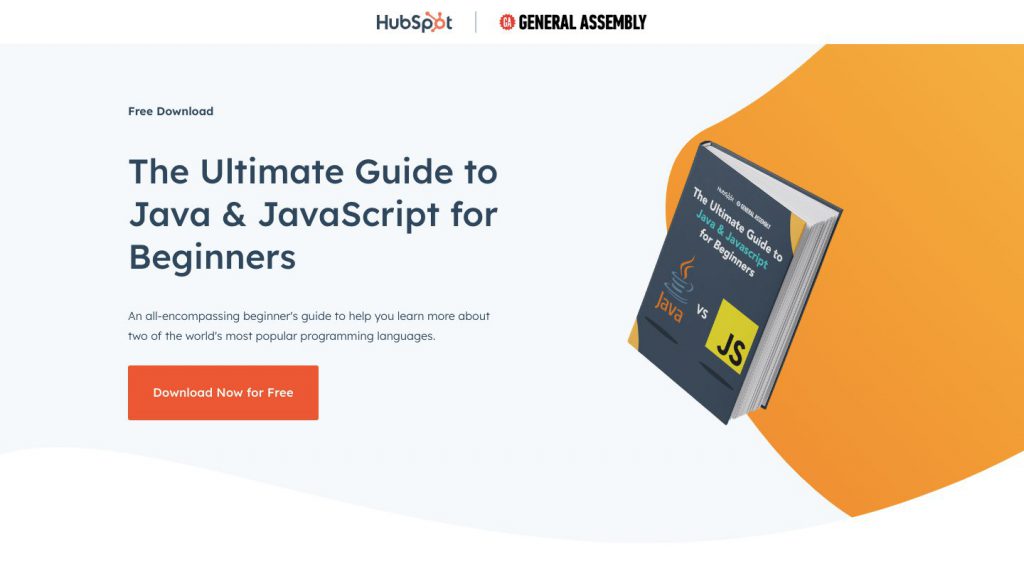 Image source
Image source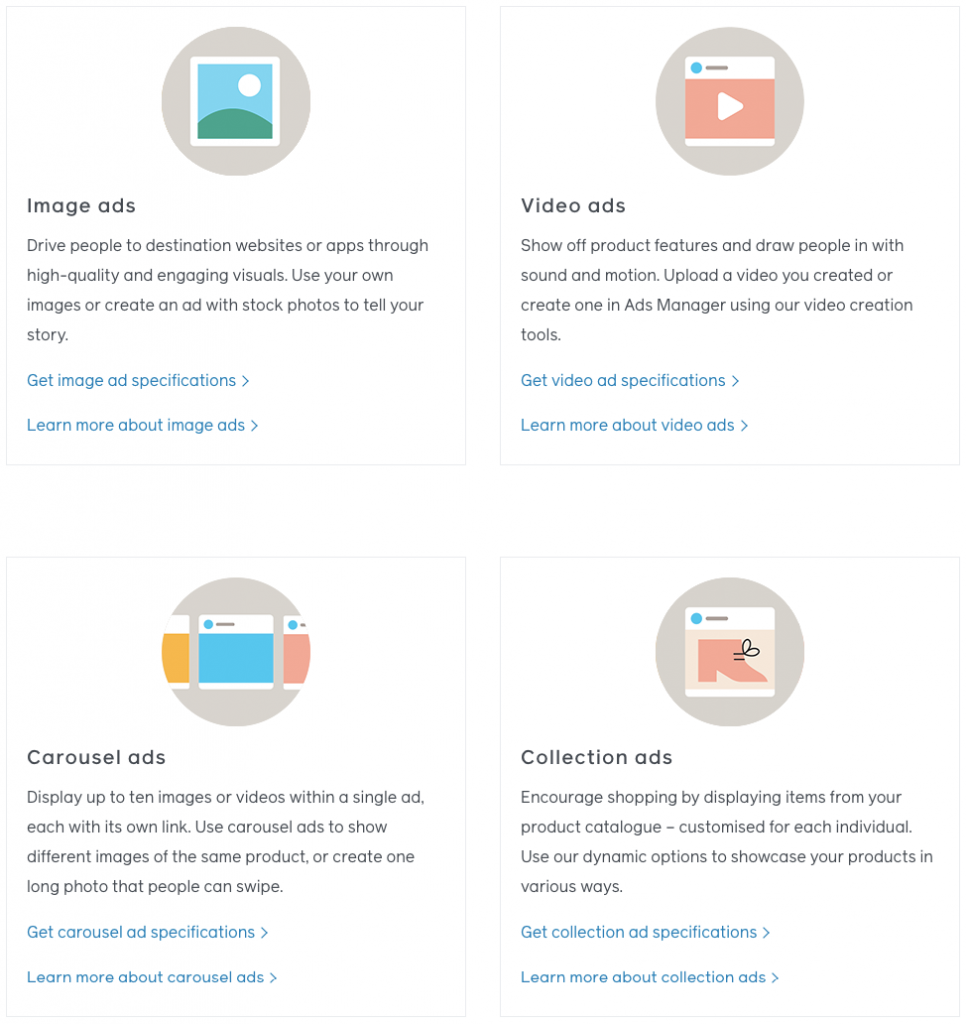 Image source
Image source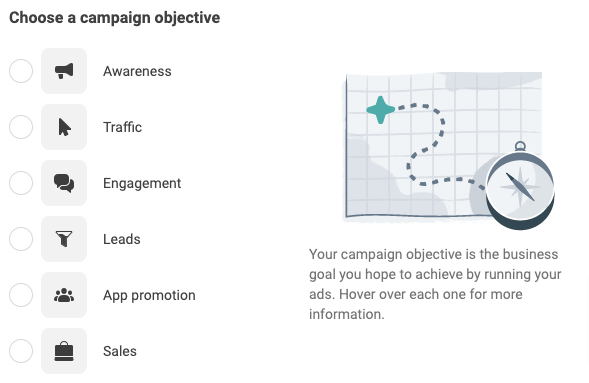 Image source
Image source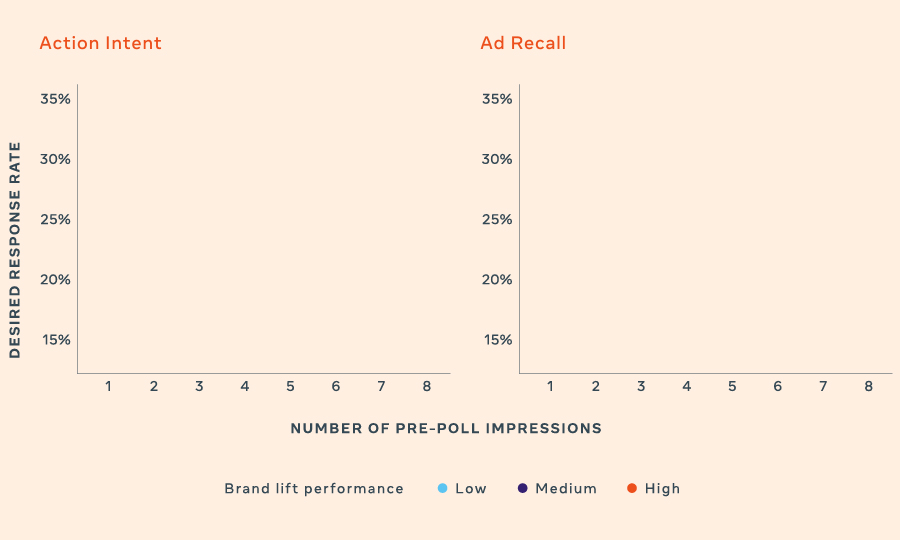 Image source
Image source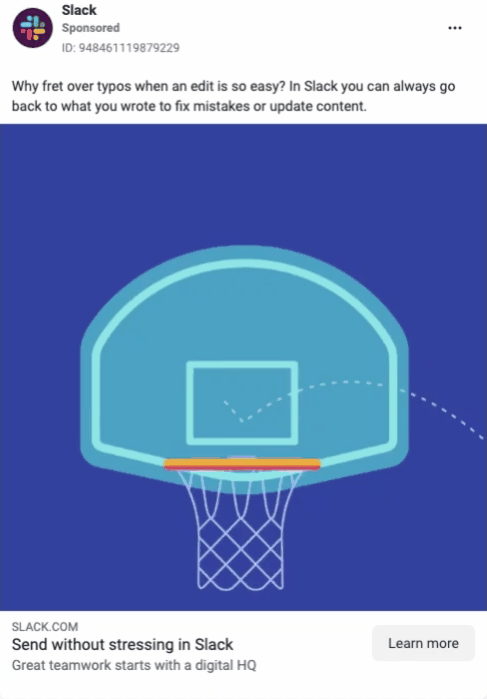 Image source
Image source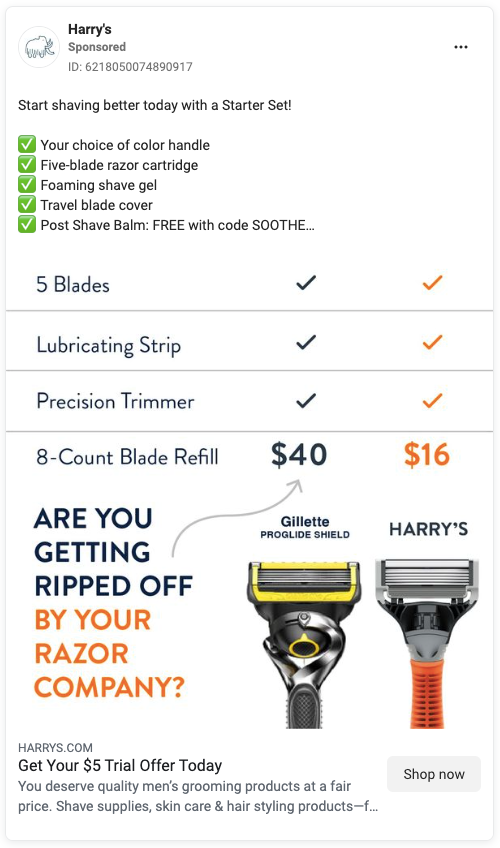 Image source
Image source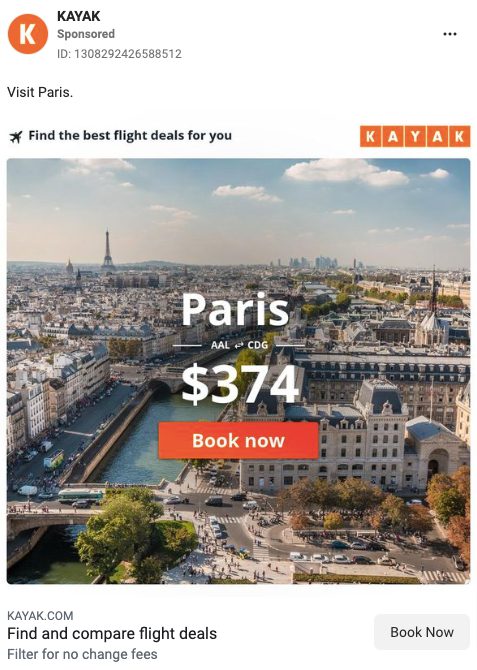 Image source
Image source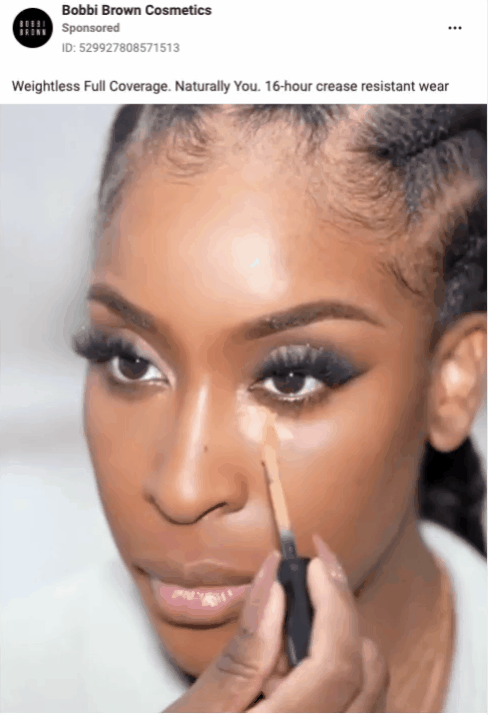 Image source
Image source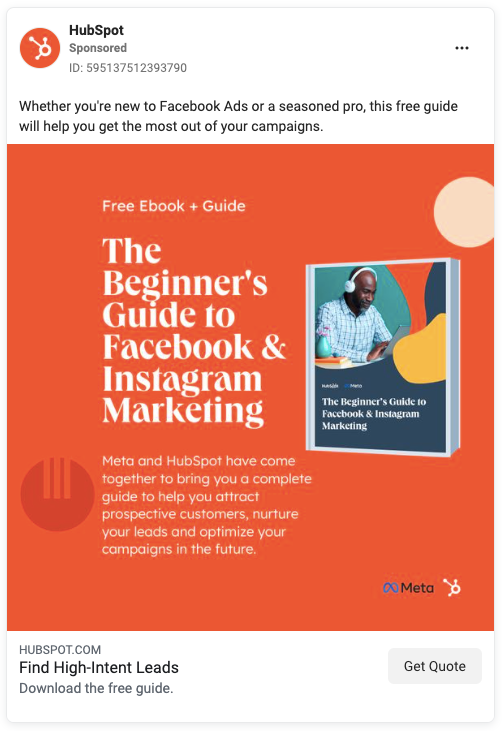 Image source
Image source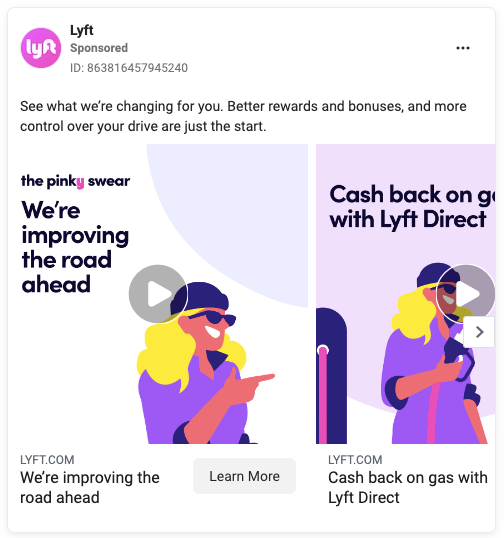 Image source
Image source Image source
Image source Image source
Image source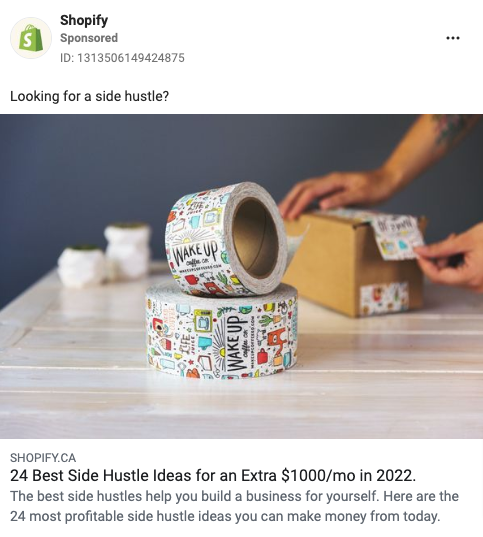 Image source
Image source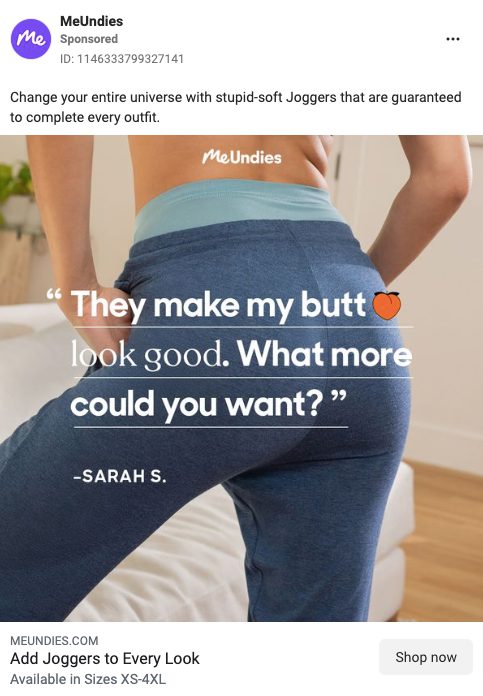 Image source
Image source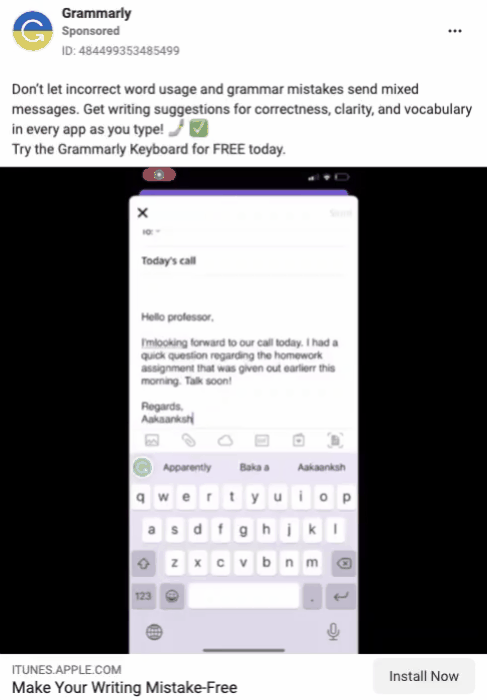 Image source
Image source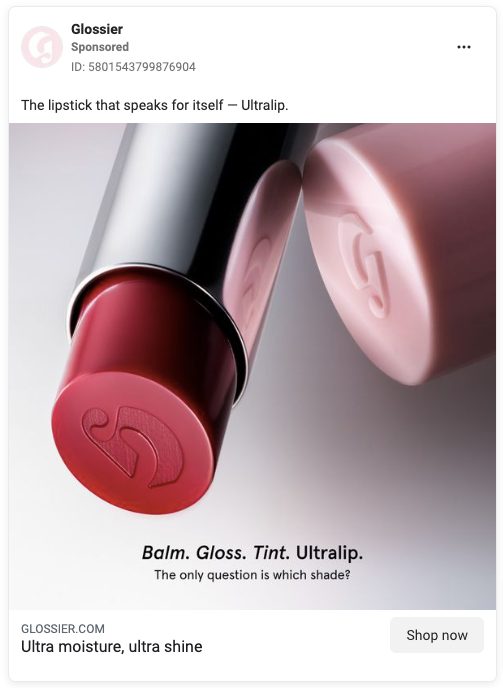 Image source
Image source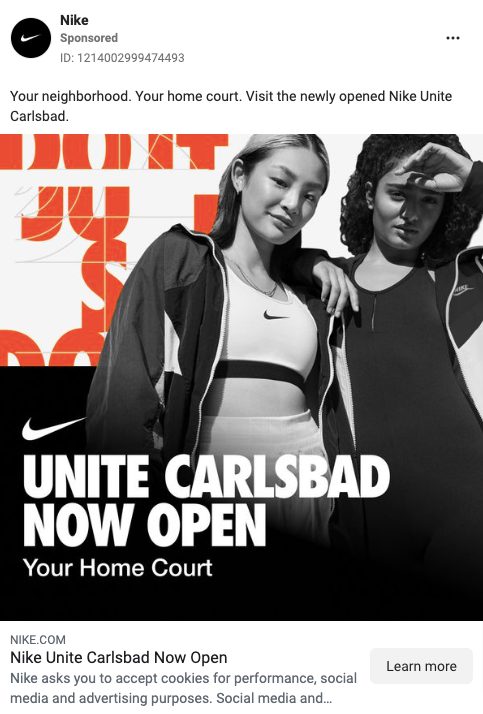 Image source
Image source Image source
Image source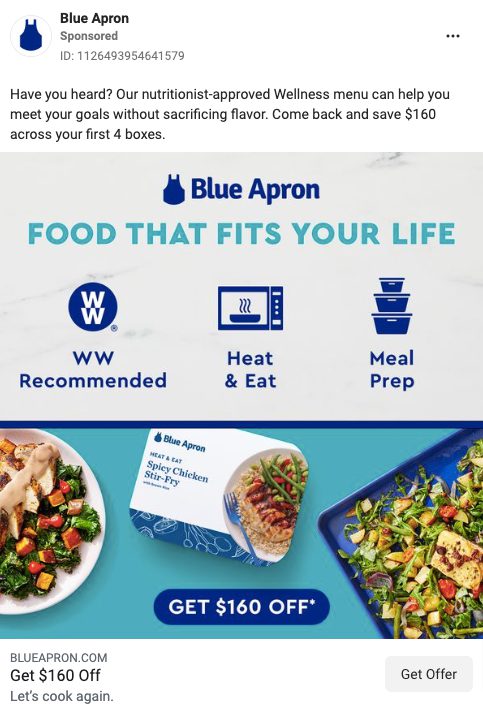 Image source
Image source




